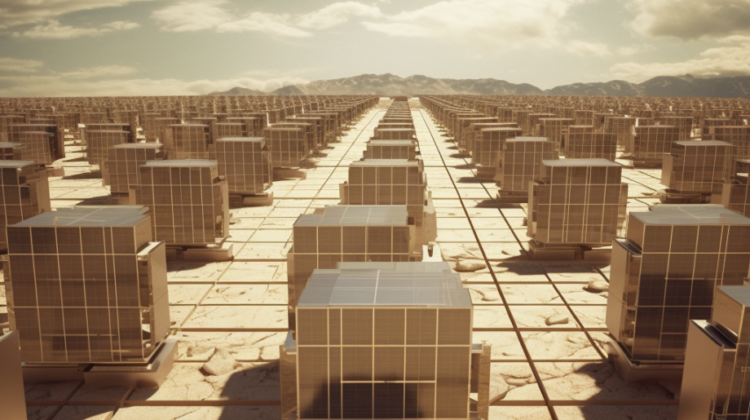
Solar power is increasingly recognized as vital to our transition to a sustainable future. It is a clean, renewable energy source that reduces reliance on fossil fuels and mitigates climate change. However, despite its numerous benefits, some organizations hold opposing views on solar power. This article explores the arguments organizations put forth against solar power, providing a balanced perspective on the topic.
Cost Concerns
One of the primary arguments against solar power is its perceived high cost. Critics argue that the initial investment required for installing solar panels is prohibitive for both individuals and businesses. They contend that the cost of manufacturing, installing, and maintaining solar panels outweighs the benefits in terms of energy savings.
However, it is essential to note that the cost of solar power has significantly decreased over the years. Technological advancements, economies of scale, and government incentives have made solar energy more affordable. The long-term savings in electricity bills and potential income from selling excess power back to the grid can offset the initial investment.
Unreliable Energy Source
Another argument raised by opponents of solar power is its intermittent nature. Solar energy production depends on sunlight, meaning energy generation may fluctuate based on weather conditions and time of day. Critics argue that this inconsistency makes solar power an unreliable energy source, necessitating backup systems or other storage technologies, which they claim are expensive and inefficient.
While it is true that solar energy production varies, advancements in energy storage technologies, such as batteries, have mitigated this concern. These solutions enable excess energy to be stored during peak production hours for use during periods of low sunlight. Moreover, solar power can be integrated into a diversified energy mix, combining it with other renewable sources, such as wind and hydropower, to ensure a more stable and reliable energy supply.
Land Use and Aesthetics
Opponents of solar power often raise concerns about the land use and aesthetic impact of large-scale solar installations. They argue that vast land areas are required for solar farms, potentially displacing agricultural activities or encroaching on natural habitats. Critics also claim that solar panels can be visually unappealing and degrade landscapes’ scenic beauty.
However, it is worth noting that solar installations can be designed to minimize land use impact. They can be integrated into existing infrastructure such as rooftops, parking lots, or brownfield sites, reducing the need for additional land. In terms of aesthetics, advancements in solar panel design have led to more visually appealing options, such as solar tiles or transparent solar panels that can blend seamlessly with architectural structures.
Grid Integration Challenges
Critics argue that integrating solar power into the existing energy grid presents significant challenges. They claim that the intermittent nature of solar energy and its decentralized nature can strain the grid infrastructure, potentially leading to instability and increased costs for grid operators. Additionally, opponents contend that upgrading the grid to accommodate solar power would require substantial investments.
While grid integration is indeed a complex process, it is not an impossible challenge. Innovative grid technologies and advanced energy management systems can help balance electricity supply and demand, ensuring stability and reliability. Moreover, distributed solar power systems can reduce transmission losses and increase grid resilience by diversifying energy sources.
While some organizations hold reservations about solar power, it is essential to critically evaluate their arguments within the broader context of sustainable energy transition. The concerns raised regarding the cost, reliability, land use, aesthetics, and grid integration challenges can be addressed through ongoing technological advancements, policy support, and innovative solutions. As the world increasingly embraces renewable energy sources, the continued development of solar power will play a crucial role in achieving a cleaner, more sustainable future.